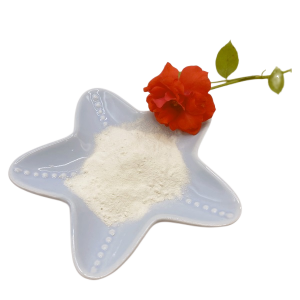Molybdenum amino acid chelate is a compound that combines the essential trace mineral molybdenum with an amino acid to form a chelate complex. In this article, “chelation” refers to the process of binding a metal ion (in this case, molybdenum) to an organic molecule (amino acid) in a way that enhances its stability and bioavailability.
Key points:
Molybdenum:
| Essential micronutrients for plants.
Plays a vital role in various enzymatic processes, including nitrogen fixation and the metabolism of sulfur and certain amino acids. |
Amino acids:
| Organic compounds that are building blocks of proteins.
They can also act as chelating agents, helping to stabilize metal ions and improve their absorption in biological systems. |
 |
Benefits of Chelation:
Enhanced bioavailability: Chelated forms are generally more easily absorbed by the plants than inorganic forms.
Reduce Toxicity: Chelation can help mitigate the potential toxic effects of heavy metals by preventing them from interacting with biological systems.
Application:
| Agriculture: Used as a micronutrient supplement in fertilizers to promote plant growth and health. |
In summary, molybdenum amino acid chelate is a bioavailable form of molybdenum that is beneficial for both plant and human nutrition, enhancing the effectiveness of this essential trace mineral.
For more information, please feel free to contact us:Info@g-teck.net
Post time: Oct-14-2024




